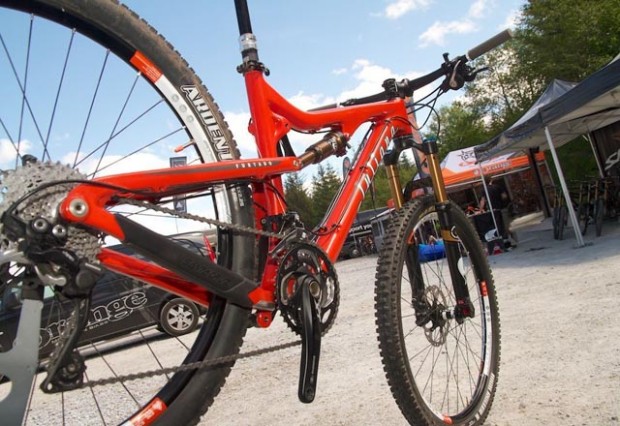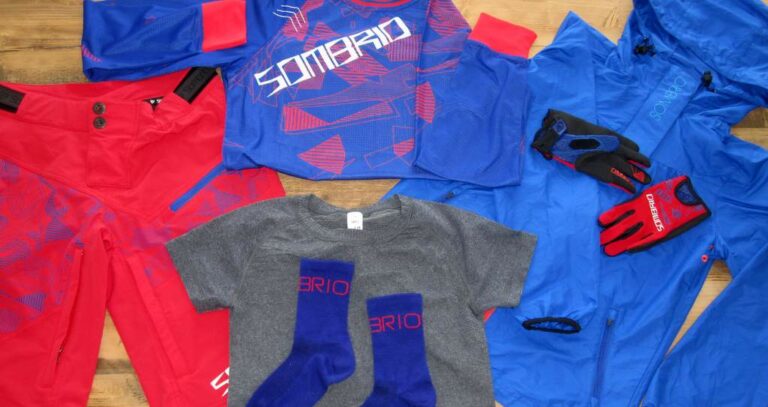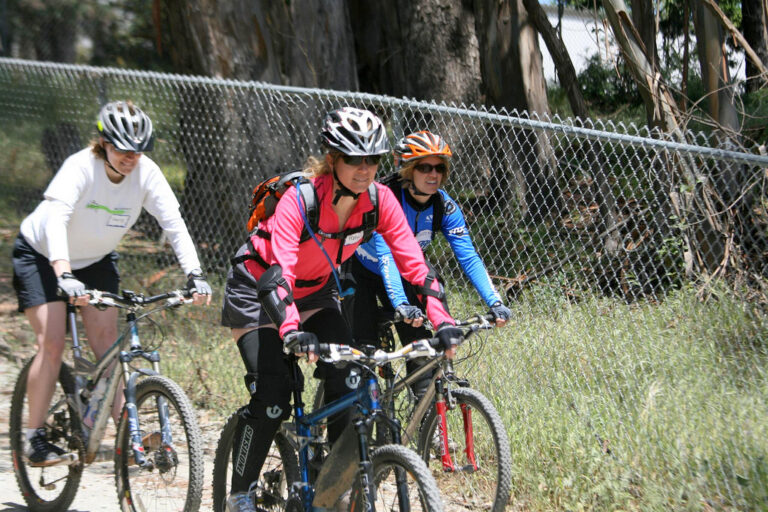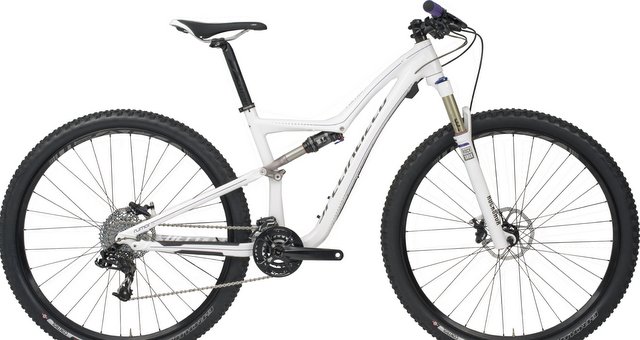
1. Groupsets
Mountain bikes usually come with either Shimano or SRAM groupsets, we’re talking brakes, gears, derailleurs and other moving parts.
Shimano’s groupsets range from the budget Altus through, Acera, Alivio, Deore, Deore LX, SLX, Deore XT, the tough and Saint and right up to the top end XTR. SRAM have eight ranges, starting at X3, X4, X5, then on to the race worthy X7, X9, X0, X and XX1 ranges. Interestingly we see very less SRAM groupsets on women specific bikes, however they are equally as commendable as Shimano’s offerings so don’t shy away from them.
2. Chain-set
There are number of manufacturers, including the main groupset manufacturers Shimano and SRAM, who make cranksets (that’s the chainring and crank combination), and as with all components the cheaper the bike the heavier the parts tend to be.
It used to be that all mountain bikes (except DH race bikes) had 3 front chain rings, but to save weight and increase efficiency when changing gears, double and even single chainrings are now popular. To accommodate the full range of gears required for off-road riding the rear gearing has been modified accordingly. Lots of bikes are still likely to have triple chainsets and they work perfectly fine so don’t be put off.
3. Brakes
The choice is either rim or hub based; rim brakes tend to be affected by rain and mud, whereas hub or disc brakes offer more reliable, stronger and accurate braking, especially the hydraulic brakes which work with stunning efficiency. The budget oriented cable operated discs can be heavier so take care on this front, they also don’t work as effectively as hydraulic brakes. There is a good competitive market for hydraulic disc brakes, namely Hope, Avid, Hayes, Shimano, Tektro, and Magura to name but a few.
4. Wheelsize
You’re spoilt for choice, with three sizes to choose from on the wheel front.
Back when life was simple, there were only 26” wheels for mountain bikes. Now you get the choice of 29” wheeled bikes too. We dedicated a whole article to help you decide between 26″ and 29″ wheel mountain bikes, so we’d recommend checking out the Buyers’ Guide first.
To add to the confusion, there’s also a new size called 650b, that’s about 27.5” in old money, and is seen as a neat compromise especially for smaller riders who may feel unwieldy on the bigger 29er wheels.
So which should you choose? 2013 has seen an explosion in the number of female specific 29er bikes, with some manufacturers offering as many models as for the 26″ bikes. The only way to work out what’s best for you, is to test ride a couple, ignore how they look and go purely on how you enjoy the ride. It may seem obvious, but you can’t switch wheel sizes between bikes, as the frame and fork need to be specific to the wheel size – so for now you’ll need to choose either 26 or 29 inch!







